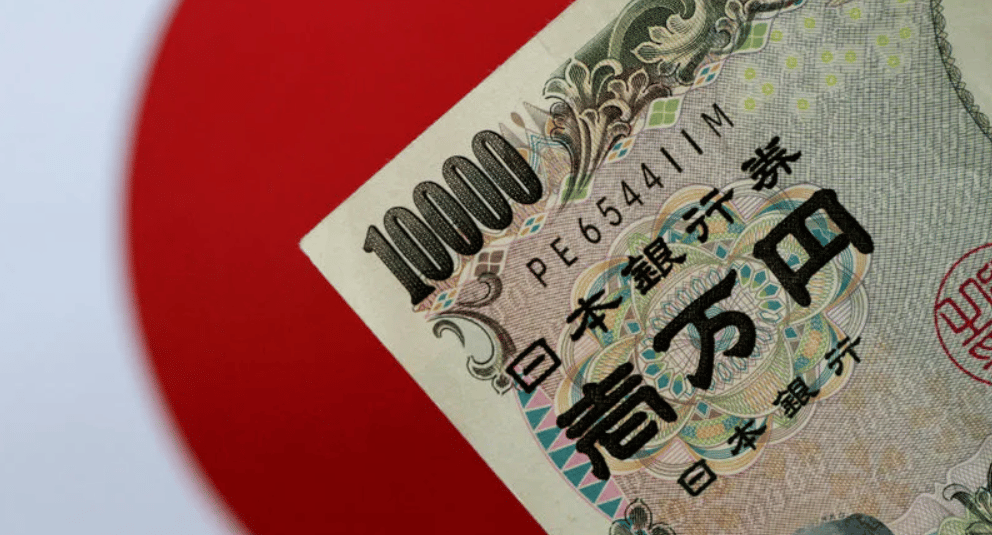JPY Under Pressure as Bank of Japan Signals Policy Pause Amid Inflation Concerns
The Bank of Japan (BoJ) left markets parsing through nuanced messaging this week, as policymakers opted for a dovish stance on asset purchases while subtly acknowledging risks from rising inflationary pressures. The central bank's decision to slow the pace of bond purchase tapering caught attention for its short-term implications, but the broader signal was one of cautious optionality: a willingness to hike rates later in 2025 should inflation accelerate beyond tolerable limits.
This approach comes as the yen (JPY) continues to struggle against the U.S. dollar (USD), weighed down by diverging monetary paths between Tokyo and Washington.
Policy Caution Meets Persistent Inflation Signals
The BoJ’s decision to maintain ultra-loose monetary settings—while dialing down the pace of quantitative easing (QE) withdrawal—has reinforced its image as one of the last dovish outliers among major central banks. Although inflation in Japan remains well above the central bank’s 2% target, Governor Kazuo Ueda emphasized the need for patience until price stability is firmly embedded in wage growth and broader consumption patterns.
However, BoJ officials acknowledged upside risks to the inflation outlook, stemming from sustained energy costs, a weaker yen, and supply chain adjustments. These factors may necessitate a future rate hike if price momentum shows signs of becoming structurally embedded.

Key Facts:
📉 BoJ kept short-term policy rate unchanged.
💴 Bond tapering slowed, signaling continued stimulus.
📊 Core CPI remains above 2.5% YoY for the fifth straight month.
🏦 BoJ reiterated its commitment to data-driven adjustments.
💬 Ueda flagged “watchfulness” toward inflation pass-through into wages.
📉 JPY weakened against USD, trading near ¥159 per dollar.
Market Reactions and Strategic Implications
The immediate market response to the BoJ’s announcement was a modest sell-off in the yen, as investors interpreted the slower QE wind-down as a reaffirmation of dovish policy bias. Japanese government bond (JGB) yields drifted lower, while equity markets were buoyed by the promise of continued liquidity support.
Currency traders took a more cautious view. With the Federal Reserve (Fed) expected to keep rates higher for longer, the $USDJPY pair remains exposed to upward pressure. The rate differential is now among the widest across G10 currencies, and short positioning in JPY continues to build.
Analysts warn that if inflation metrics in Japan continue climbing—especially core inflation excluding fresh food and energy—the BoJ may be forced into a more assertive stance, creating volatility across both bond and currency markets.

Key Strategic Takeaways:
BoJ's Guidance — Tapering slowdown signals near-term caution, but rate hikes remain on the table.
JPY Dynamics — Continued yen weakness increases import-led inflation pressures.
Inflation Risks — Sticky services inflation and wage growth could trigger a shift in tone.
Global Divergence — Fed-BoJ policy gap supports USD/JPY uptrend barring major BoJ surprises.
Market Sensitivity — JGB yields and Nikkei index likely to remain reactive to forward guidance changes.
BoJ Balances Caution with Inflation Awareness
The Bank of Japan’s latest meeting offered a complex policy signal: patience in tightening, but flexibility retained. While it stepped back from aggressive normalization by slowing bond tapering, it concurrently acknowledged that upside risks to inflation remain non-negligible.
This dual message leaves the door open for policy tightening later in 2025, especially if headline and core inflation measures continue to overshoot. For now, however, Japan maintains a distinctive position among major economies, continuing to anchor short-term rates near zero while others maintain restrictive stances.
Market participants should expect heightened sensitivity to BoJ communications, with JPY, JGBs, and Japanese equities all closely tied to evolving inflation data and global policy divergence.















Comments
Long-term investment in automation reflects increasing market confidence in scalable AI-driven solutions